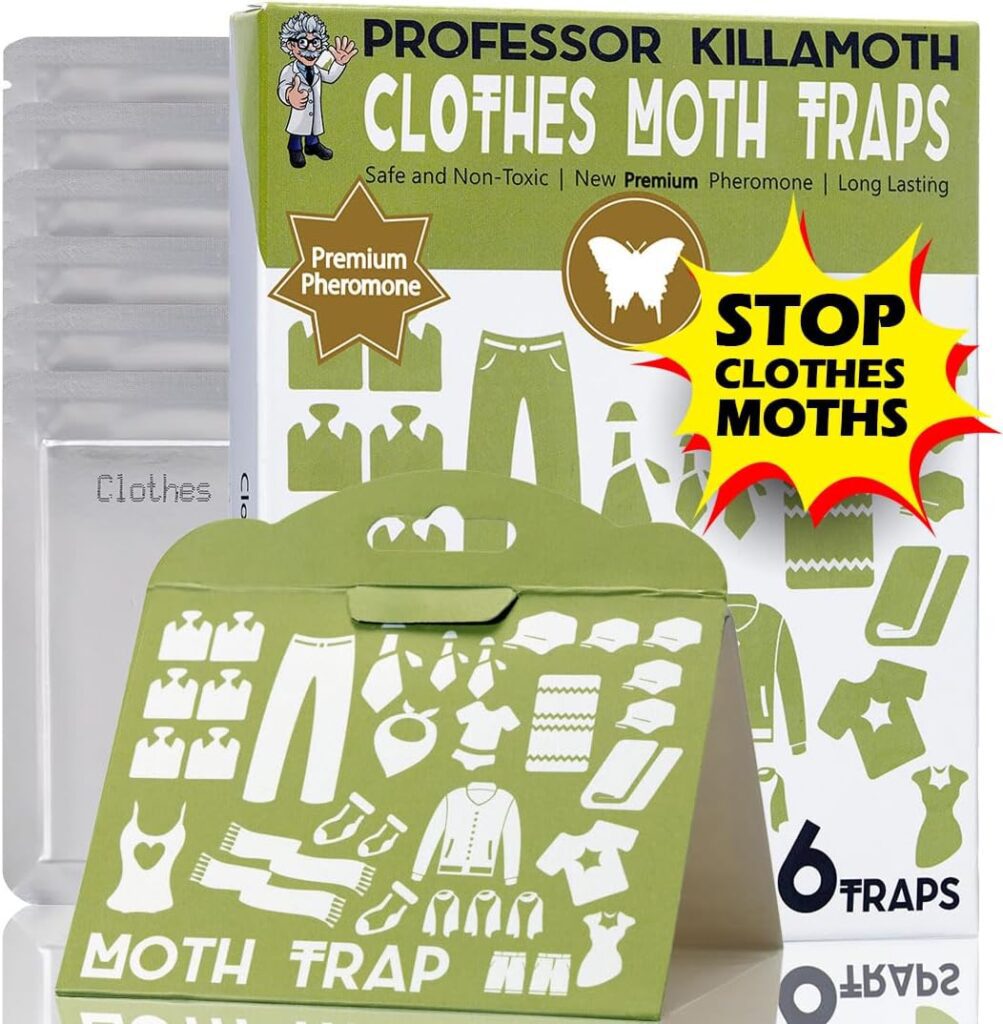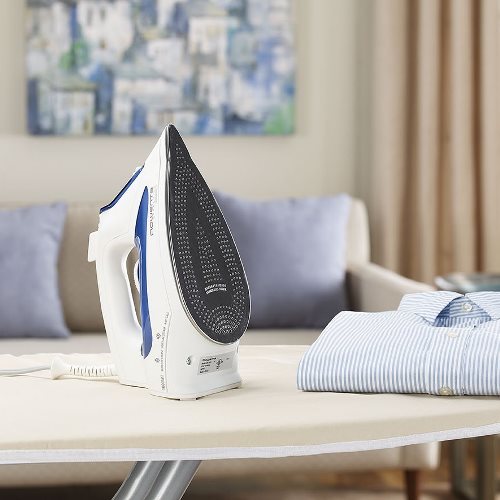5 Ways to Reduce Clothes Moths: What Are Clothes Moths?
Clothes moths are small, pesky insects that can wreak havoc on your wardrobe.
These tiny pests, which include the common webbing clothes moth and the casemaking clothes moth, are known for their destructive larvae that feed on natural fibers found in clothing, upholstery, and other textile items.
Understanding what clothes moths are and how they thrive is key to effectively preventing and eliminating them.
In this post, we will explore five effective ways to reduce clothes moths, starting with what clothes moths are.
Let’s dive in!
What Are Clothes Moths?
Clothes moths are part of the family Tineidae and are typically about 1/2 inch long with a wingspan of around 1 inch.
They are often a pale yellow or tan color, with distinctive golden or silvery scales on their wings.
Adult moths are harmless; however, their larvae are the real culprits, as they feed on natural fibers such as wool, silk, and cotton, causing extensive damage to clothing and textiles.
Clothes moths are attracted to dark, undisturbed areas, making closets, attics, and basements prime locations for infestations.
5 Ways to Reduce Clothes Moths
1. Use Clothes Moth Traps
Clothes moth traps are a crucial first step in managing and reducing moth populations in your home.
These traps utilize pheromones to attract male moths, which then get stuck on sticky surfaces, preventing them from mating and reproducing.
Place clothes moth traps in closets, drawers, and storage areas where you keep your clothing.
Regularly check and replace the traps as needed to monitor moth activity and effectively control their population.
Out of all of the clothes moth traps I’ve tried, Professor Killamoth’s Clothes Moth Traps are my personal favorite.
These clothes moth traps are my favorite because they provide effective, non-toxic protection for my wardrobe without the unpleasant smell of mothballs.
The specially designed pheromone attractant ensures that male moths are drawn in and captured, disrupting their breeding cycle and protecting my favorite clothes from damage.
Simply fold them into a triangle and place them in the closet and you’re good to go!
2. Keep Your Wardrobe Clean
Regularly cleaning your clothes and storage areas is vital in preventing clothes moth infestations.
Dust, lint, and organic debris can attract moths and provide breeding grounds for larvae.
Wash and dry your clothes frequently, especially items made from natural fibers.
Vacuum your closets and storage spaces regularly, and consider using a lint roller to pick up any stray fibers or dust.
3. Store Clothes Properly
Proper storage can significantly reduce the risk of clothes moths.
Storing clothes in airtight containers helps keep moths out and preserves the quality of your garments.
Use plastic bins or vacuum-sealed bags to store seasonal clothing or items you don’t wear frequently.
Ensure that clothes are clean and completely dry before storing them to avoid attracting moths.
4. Use Natural Repellents
Natural repellents can help deter clothes moths without the use of harsh chemicals.
Certain scents are known to repel these pests effectively.
Consider using cedar blocks, lavender sachets, or essential oils like peppermint and eucalyptus in your closets and drawers.
These natural solutions not only smell great but also help keep clothes moths at bay.
5. Monitor and Inspect Regularly
Regular monitoring and inspection of your clothing and storage areas can help catch infestations early before they become severe.
Make it a habit to check your clothes and storage spaces for signs of moths, such as webbing, larvae, or adult moths.
If you notice any signs of infestation, take immediate action to clean and treat the affected areas.
Reducing Clothes Moths
Reducing clothes moths requires a combination of vigilance, cleanliness, and effective preventive measures.
By using clothes moth traps, keeping your wardrobe clean, storing clothes properly, using natural repellents, and regularly monitoring your spaces, you can effectively manage and prevent clothes moth infestations.
If you continue to experience issues despite these efforts, consider consulting with a pest control professional for further assistance.
With these proactive strategies, you can protect your clothing and maintain a moth-free home.
Thank you for reading!
Affiliate Disclosure
Some of the links on this site are affiliate links. This means that if you click on the link and purchase the item, we may receive an affiliate commission at no extra cost to you. I only recommend products or services that I believe will add value to my readers, however some (not all) do pay us to be on this blog. Your support and theirs helps keep this blog running, and I genuinely appreciate it.
Medical Disclaimer
The information provided on this website is for educational purposes only and is not intended as medical advice. This blog or the writer is not a licensed healthcare professional, and the content should not be used as a substitute for professional medical diagnosis, treatment, or advice. Always consult with your physician or other qualified healthcare provider before starting any new treatment or making any changes to your healthcare routine.

